Ansh Mittal
Zero-shot Learning with Minimum Instruction to Extract Social Determinants and Family History from Clinical Notes using GPT Model
Sep 13, 2023Abstract:Demographics, Social determinants of health, and family history documented in the unstructured text within the electronic health records are increasingly being studied to understand how this information can be utilized with the structured data to improve healthcare outcomes. After the GPT models were released, many studies have applied GPT models to extract this information from the narrative clinical notes. Different from the existing work, our research focuses on investigating the zero-shot learning on extracting this information together by providing minimum information to the GPT model. We utilize de-identified real-world clinical notes annotated for demographics, various social determinants, and family history information. Given that the GPT model might provide text different from the text in the original data, we explore two sets of evaluation metrics, including the traditional NER evaluation metrics and semantic similarity evaluation metrics, to completely understand the performance. Our results show that the GPT-3.5 method achieved an average of 0.975 F1 on demographics extraction, 0.615 F1 on social determinants extraction, and 0.722 F1 on family history extraction. We believe these results can be further improved through model fine-tuning or few-shots learning. Through the case studies, we also identified the limitations of the GPT models, which need to be addressed in future research.
Neural Radiance Fields: Past, Present, and Future
Apr 20, 2023Abstract:The various aspects like modeling and interpreting 3D environments and surroundings have enticed humans to progress their research in 3D Computer Vision, Computer Graphics, and Machine Learning. An attempt made by Mildenhall et al in their paper about NeRFs (Neural Radiance Fields) led to a boom in Computer Graphics, Robotics, Computer Vision, and the possible scope of High-Resolution Low Storage Augmented Reality and Virtual Reality-based 3D models have gained traction from res with more than 500 preprints related to NeRFs published. This paper serves as a bridge for people starting to study these fields by building on the basics of Mathematics, Geometry, Computer Vision, and Computer Graphics to the difficulties encountered in Implicit Representations at the intersection of all these disciplines. This survey provides the history of rendering, Implicit Learning, and NeRFs, the progression of research on NeRFs, and the potential applications and implications of NeRFs in today's world. In doing so, this survey categorizes all the NeRF-related research in terms of the datasets used, objective functions, applications solved, and evaluation criteria for these applications.
On Multi-Agent Deep Deterministic Policy Gradients and their Explainability for SMARTS Environment
Jan 20, 2023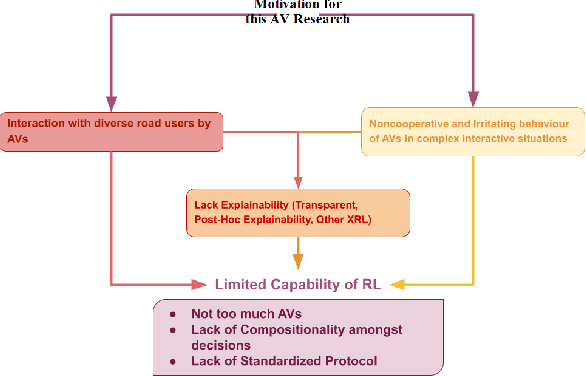
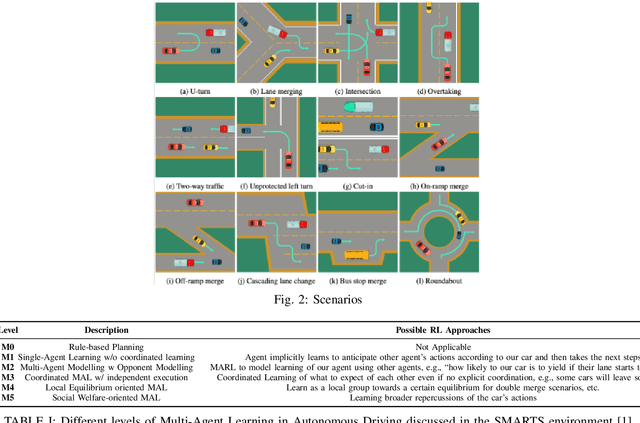
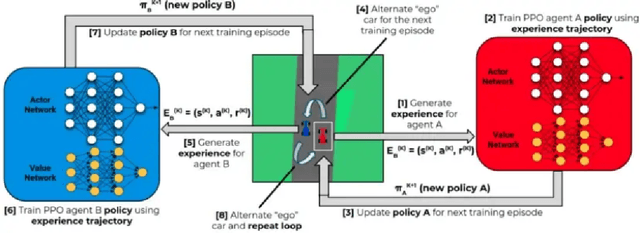
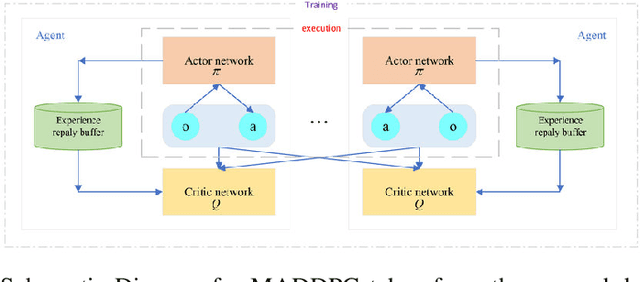
Abstract:Multi-Agent RL or MARL is one of the complex problems in Autonomous Driving literature that hampers the release of fully-autonomous vehicles today. Several simulators have been in iteration after their inception to mitigate the problem of complex scenarios with multiple agents in Autonomous Driving. One such simulator--SMARTS, discusses the importance of cooperative multi-agent learning. For this problem, we discuss two approaches--MAPPO and MADDPG, which are based on-policy and off-policy RL approaches. We compare our results with the state-of-the-art results for this challenge and discuss the potential areas of improvement while discussing the explainability of these approaches in conjunction with waypoints in the SMARTS environment.
SAVCHOI: Detecting Suspicious Activities using Dense Video Captioning with Human Object Interactions
Jul 24, 2022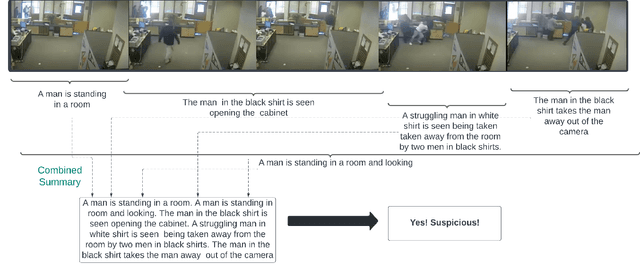



Abstract:Detecting suspicious activities in surveillance videos has been a longstanding problem, which can further lead to difficulties in detecting crimes. The authors propose a novel approach for detecting and summarizing the suspicious activities going on in the surveillance videos. They also create ground truth summaries for the UCF-Crime video dataset. Further, the authors test existing state-of-the-art algorithms for Dense Video Captioning for a subset of this dataset and propose a model for this task by leveraging Human-Object Interaction models for the Visual features. They observe that this formulation for Dense Captioning achieves large gains over earlier approaches by a significant margin. The authors also perform an ablative analysis of the dataset and the model and report their findings.
 Add to Chrome
Add to Chrome Add to Firefox
Add to Firefox Add to Edge
Add to Edge